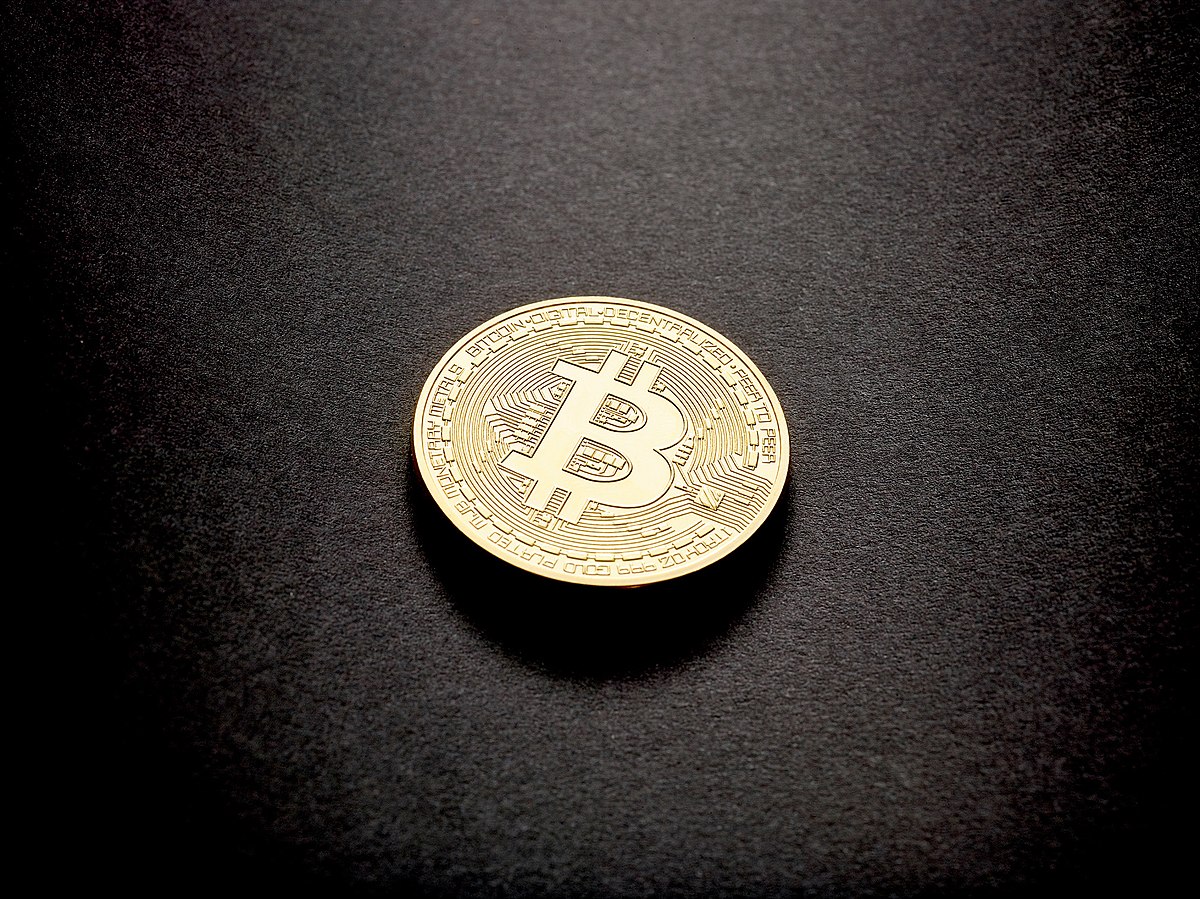By David Spence*
Visionaries imagine better futures. Skeptics worry about proof of concept — whether the technically-possible is in fact possible. Regulators who oversee transitions to new and better futures ought to do so slowly and carefully — not only because the devil is in the details, but because some utopian visions can become dystopian realities.
Energy markets offer a case in point.
In the wonky world of energy policy, the latest utopian vision is one in which we consumers produce and exchange (renewable) electricity over local peer-to-peer (P2P) trading networks using blockchain, the electronic registry used to trade bitcoin. In place of today’s utility-centric electric system, imagine homes and businesses sporting rooftop solar panels and Tesla powerwall batteries, using blockchain trade clean energy.
Progressives like this vision because it is green and local: it promotes renewable energy development by putting it beyond the reach of stodgy electric utilities. Conservatives like the vision’s libertarian elements: it promotes individual energy entrepreneurship and markets over government-regulated collective solutions, like grid-based electricity services.
This left-right coalition is politically formidable. It supports “net metering,” the practice of compensating rooftop solar owners for their excess power at the retail rate. Regulators are paying attention too, particularly in New York State. The Brooklyn Microgrid is an ongoing experiment in blockchain-based local electricity trading, and the State’s “Reforming Energy Vision” program promises to actively promote P2P electricity trading in New York.
But this vision has two potentially-serious flaws: as a path to decarbonization, it is unnecessarily expensive; and blockchain trading of energy products may create more problems than it solves.
Rooftop solar generation costs at least four times as much as utility scale solar on a per unit of energy basis. And rooftop solar coupled with net metering shifts out-of-pocket costs of maintaining the grid from rooftop solar owners to others, from the relatively well-off to the less well-off.
In this era of economic inequality-fueled populism, is that a wise choice?
Furthermore, a P2P all-renewables energy market would require enough battery storage to provide electricity during cloudy, windless days (or weeks). Batteries are getting cheaper, but they are still too expensive to fill that gap. That is why nonrenewable sources will remain part of the mix for a while. Indeed, the Brooklyn Microgrid relies on (largely nuclear and fossil fueled) power from the surrounding grid to provide a reliable power supply.
Nor is it clear that blockchain trading can do a better job of facilitating P2P trading than existing systems.
The benefit of blockchain’s distributed ledger is that it can reduce trading’s transaction costs by eliminating the need for some market oversight (regulators), and replacing it with a secure, transparent trading platform. But some believe that blockchain trading only makes economic sense when paired with a cryptocurrency like bitcoin, and currency mining consumes enormous amounts of energy.
Electricity markets are already a complex mix of energy and financial products whose value depends upon an ongoing grid management problem: how to keep the lights on by keeping electricity supply and demand in constant balance. Keeping the lights on and preventing manipulation of these markets is already difficult and computationally-demanding. It would be more so in a P2P market with many more traders and trades.
Will blockchain help or hinder the goal of ensuring that P2P markets remain competitive and fair? Blockchain makes market transactions (but not necessarily the identity of the transactors) transparent, generating an ongoing debate about whether blockchain prevents or facilitates fraudulent transactions. That debate remains unresolved.
In the end, blockchain-based P2P electricity trading might be more of a libertarian nirvana than a green nirvana. Cautious, incremental experimentation with P2P trading ought to be the rule of the day. After the spectacular California electricity market failure of 2000-01, politically savvy regulators ought to be wary of bold solutions that promise to unleash the magic of decentralized markets and do away with the need for regulatory oversight.
In other words, listen not only to the visionaries, but to the skeptics as well.
* David Spence is Professor of Law, Politics, and Regulation at the University of Texas at Austin, where he teaches in both the McCombs School of Business and the School of Law. His research focuses on the law and politics of energy regulation, broadly defined. His scholarly writings address the environmental regulation of the oil and gas industry and the electric utility industry, as well as economic regulation in the public utility industry.
Romany Webb is a Research Scholar at Columbia Law School, Adjunct Associate Professor of Climate at Columbia Climate School, and Deputy Director of the Sabin Center for Climate Change Law.



